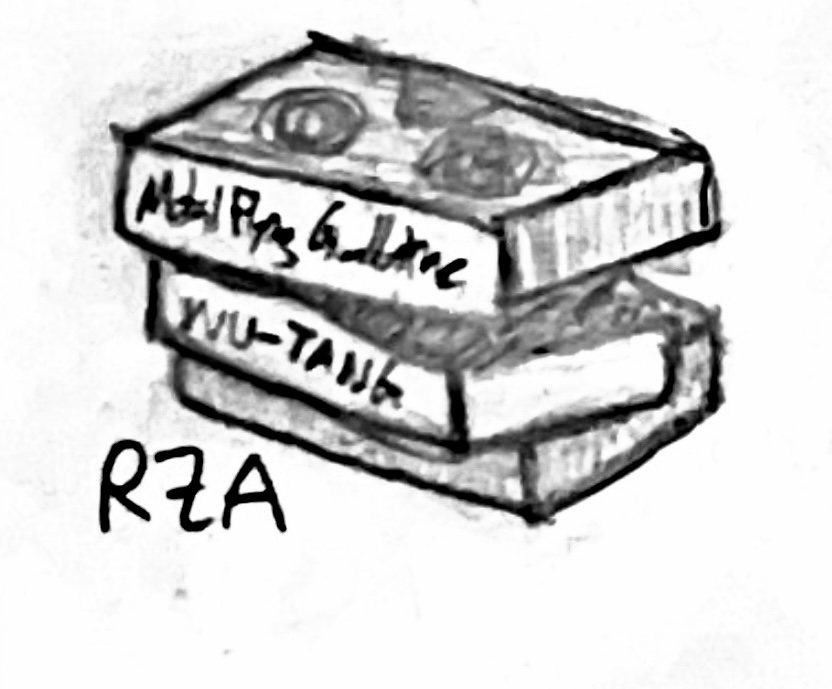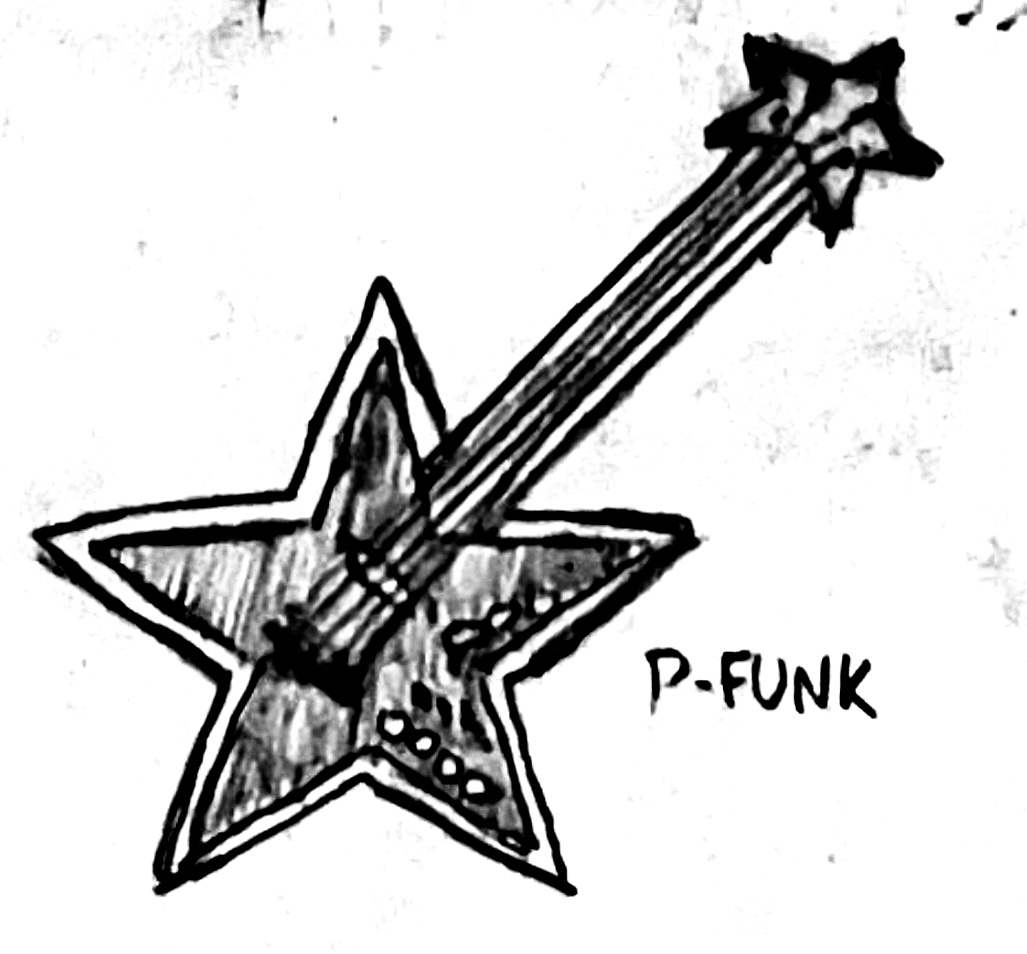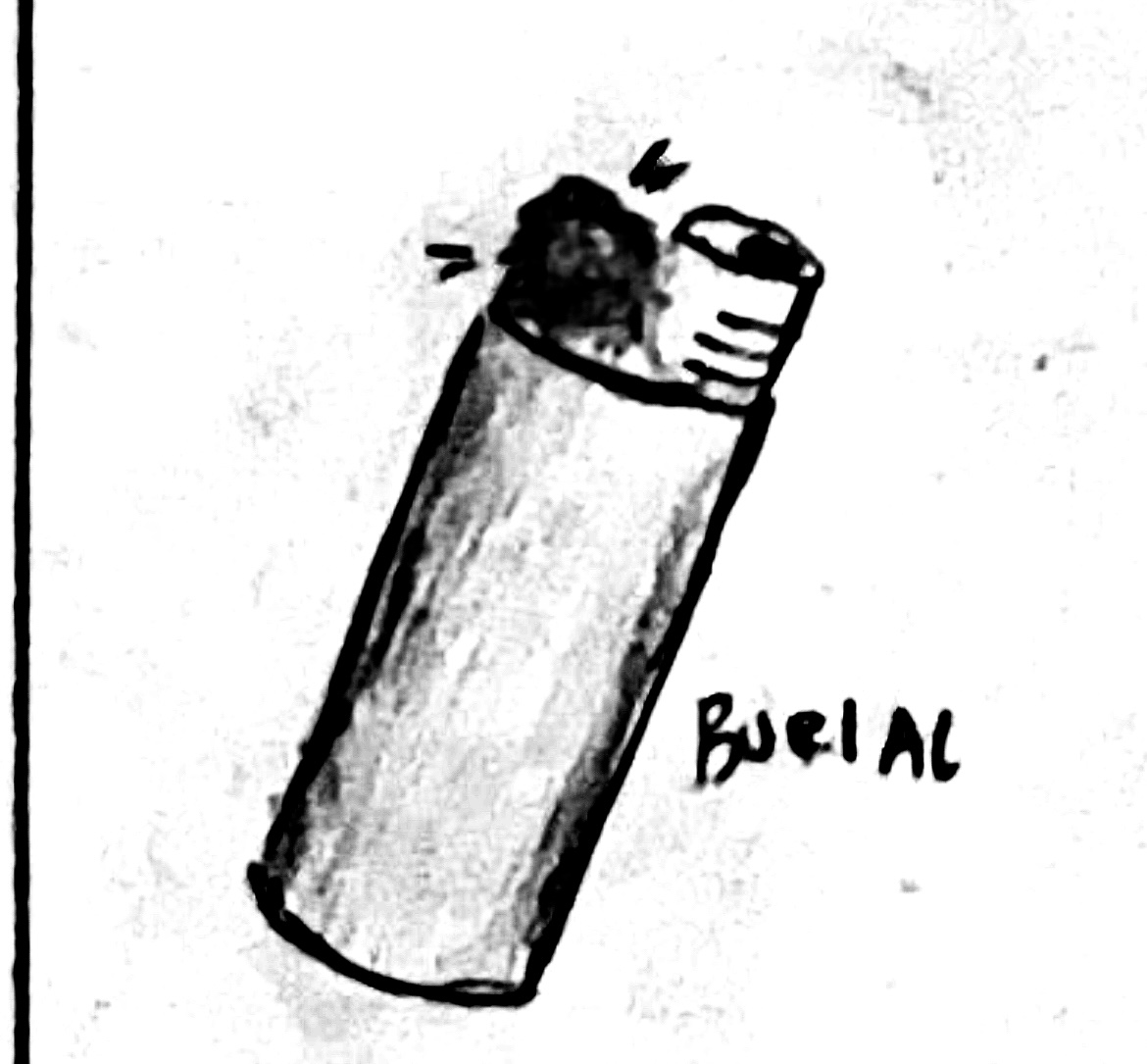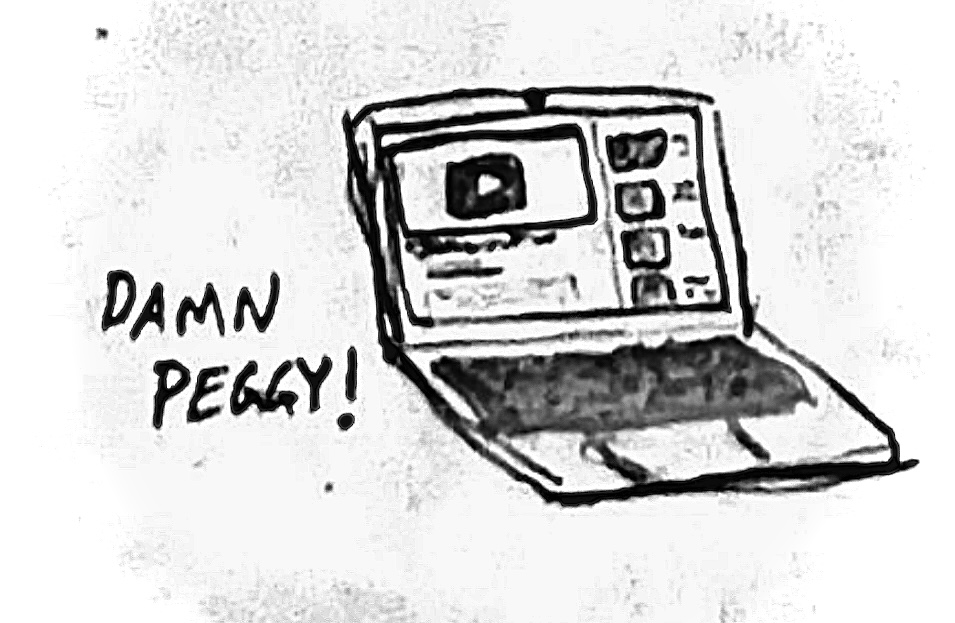Everything Is Fair: The Distinctive Sonic Footprints of My Favorite Sample-Based Producers

Words: Tommy Seidel
December 8, 2023
History Lesson: The RZA’s 1998 album Bobby Digital, opens with an indictment: “Ultimate Breakbeats and shit right? N***as still making money offa those shits, looping the same shits for a thousand years and shit, right?” Ultimate Breaks and Beats records were compilations containing only the drum breaks from popular funk and soul records, intended to be used for samples by hip hop producers. To the RZA, they were corny. Letting somebody else feed you songs to sample was a lazy, uninspired move in a discipline founded on creative reimagination and rebellion.
Sampling has always been an act of deeply personal expression. The earliest hip hop DJs would remove any identifying information from their record labels and sleeves so partygoers and potential competitors couldn’t bite their style. Crate digging—the act of searching for used vinyl to flip into samples—originated not in dedicated record stores, but rather yard sales, thrift shops, and anywhere else you could find a record that nobody else had. Each producer studied and paid homage to the samples that shaped their own sound, creating personal meaning within a shared mythology.

Yet just as important as the personal expression was the community context of sampling. Not all samples were esoteric, but all were mythical. The Funky Drummer break, for instance, was canonized as the most sampled sound in all of hip hop, yet each producer that flipped it still added their own distinctive touch. Sometimes rappers simply had to flip a popular song, not to be niche and original, but just because the song meant something to them. My personal favorite might be Just-Ice belting John Denver’s Leaving on a Jet Plane over a beatboxed rhythm by DMX. Samples always meant something. Even if that thing was simply “isn't this a fun noise?” there was intention and meaning on the artist’s part.
As hip hop grew in popularity, an all-too-brief golden age saw production groups such as the Bomb Squad (known for their work with Public Enemy and Ice Cube) or Prince Paul (of De La Soul) with the resources and experience to articulate a collage-like, wall-of-sound, approach to sampling. As soon as the genre became financially viable in the mainstream, however, lawsuits piled in from sampled artists demanding to be compensated for their role in this new phenomena. Biz Markie struggled for years to clear samples and release music while his peers watched in fear. The Turtles famously sued De La Soul for 1.7 million dollars over an uncleared sample, resulting in the iconic album Three Feet High and Rising being unavailable on streaming services until its 34th anniversary in 2023. The cost of clearing a sample became prohibitive, and the maximalist use of samples in hip hop production, a la Bomb Squad, began a steady decline from its peak in the late eighties and early nineties.
Although almost all strains of hip hop sample far less today than they did in that golden age, the practice of sampling is still fundamental to hip hop culture, and has expanded into other experimental genres like folktronica and glitch music. In the unabridged version of this article, I take a look at how new industry practices threaten the fundamental spirit of sampling, compelling us to reevaluate the legality and ethics of the practice. For now, though, let's take a look at some of my favorite iconic and exceptionally creative samples.
Nas’ Voice: Jay Z reportedly flipped a bar from Nas’ The World is Yours—“I’m out for presidents to represent me”—into a hook for his song Dead Presidents after being unable to coordinate studio time with the Queensbridge rapper himself. Nas took this reanimation personally, and the incident is widely regarded as the spark for history’s Platonic rap beef, leading Jay to rap the bar “So yeah I sampled your voice, you was using it wrong // You made it a hot line, I made it a hot song,” on 2001’s Takeover.
Kung-Fu Tapes: A core part of the proverbial “Wu-Tang sword style”—the distinctive aesthetics and hardcore sound of the Wu-Tang Clan—was producer RZA’s obsession with sampling martial arts movies. An endless trove of pulpy martial arts movies collaged together, mapping Staten Island to the Shaolin Monastery in the rap crew’s own cinematic universe. Perhaps the most iconic flip kicks off Bring da Ruckus, the first track on Enter the Wu-Tang (36 Chambers), with the unforgettable declaration “If what you say is true, the Shaolin and the Wu-Tang could be dangerous.”

Surgery Noises: Experimental ambient and glitch music duo Matmos have pushed the limits of sampling throughout their career. The pair notoriously impose creative limitations on themselves, such as performing an album entirely with plastic objects on 2019’s Plastic Anniversary. I find their 2001 effort, A Chance to Cut is A Chance to Cure to be their magnum opus in this sense. The 46 minute album consists almost exclusively of samples of various surgeries being performed, from the squelchy sounds of liposuction procedures to the whirs and clicks of LASIK eye surgery. And in case you the word “almost” made you question their dedication, the only non-surgery sample on the entire album comes from an eight minute song played on a rat’s cage in memory of the pair’s pet rat.
P-Funk: Dr. Dre and Snoop Dogg’s famous west coast sound, G-Funk, takes its name from a gangster twist on George Clinton’s intergalactic-sex-party-turned-band, Parliament-Funkadelic. The lush, laid back sound of the former drew categorical inspiration from the latter’s sexy futuristic aesthetics, and it’s no coincidence that Clinton has long advocated for the use of technology in music. From P-Funk’s early and visionary use of synthesizers to his outspoken support for sampling—which he claims introduces his to younger audiences—the man has always thought outside the box and at the cutting edge of music production.

His Parents: Earl Sweatshirt’s self-produced Playing Possum sees him intertwine samples of his now separated mother and father into a powerful dialectic. Professor Cheryl Harris delivers a thank you speech, punctuated by single words and small phrases from poet Keorapetse Kgositsile’s Anguish Longer than Sorrow. While many rappers have put family members on tracks (see Jay Z’s Demeter 24th or any of Westside Pootie’s mixtape appearances), the preexistence of the sample material makes this case particularly affecting.
Video Game Foley: Footsteps, gun reload sounds, and more blend seamlessly into skeletal, hypnotic UK garage rhythms on Burial’s seminal album, Untrue. “I love shells falling to the floor, power-ups, like when you get extra life,” explained the elusive British producer in his only ever interview. Percussive samples of lighters flicking further accentuate the album’s dark, foggy atmosphere, a true masterclass in sound selection.

Chipmunk Soul: Kanye West changed the game in the early 2000’s with a radically liberated approach to beatmaking. While producers working with soul samples previously chopped or looped only instrumental portions of songs, Kanye had no issue leaving fragmented vocal runs in his sample chops, and these various repitched aaas and ooos quickly became his signature sound. It’s even rumored this vocal-inclusive approach to sampling inspired legendary producer J Dilla to modify his sound, first on the underground classic Motown Tape (available on YouTube), then on his magnum opus, Donuts.
Youtube’s Strangest Corners: Following in the footsteps of RZA, chronically online rapper and producer JPEGMAFIA trades analog grit for digital glitchiness, punctuating hardcore, collage-like songs with dialogue from professional wrestling videos, Youtube gun reviews, and, infamously, body camera footage of a police officer being killed. Much like the RZAs use of kung fu movies, absurd and exoticized forms of violence become, among other things, a metaphor for prowess on the microphone. Kenny Beats described the sound as “like if the dark web got a hold of your beat and spit it back out.” Indeed, Peggy’s use of such samples also updates politically conscious rap for the dark-web landscape of 4chan extremists and Reddit echo chambers.

Indian Ragas: An iconic sample-based producer for going on twenty years, Madlib’s series of tapes as the Beat Konducta saw him travel the world, crate digging in a given country for months at a time while studying local music. The resultant beat tapes convey a deep knowledge and reverence for their host region’s musical traditions, avoiding the air of generalized exoticism that befalls most sloppy world music samples. My personal favorite: the Beat Konducta goes to India.
Puberty Health Education Records: 1996’s Odelay saw multi-hyphenate singer, songwriter, and producer Beck take on the emerging genre of plunderphonics. Executive produced by the Dust Brothers (known for their work with the Beastie Boys, and later on the Fight Club soundtrack), the album moves through folktronica, grunge, lounge music, and even old-school hip hop with a scrapbook-like approach to sampling accentuated by Beck’s whimsical lyrics and folksy guitar. Of all the creative samples throughout the album, one of the most iconic and amusing comes from an educational record. Originally intended to help pubescent teens locate parts of their own developing body, Sex Education for Teens (Where It’s At), lends its subtitle and refrain to the album’s lead single, and provides some raunchy bits of dialogue during instrumental breaks.
